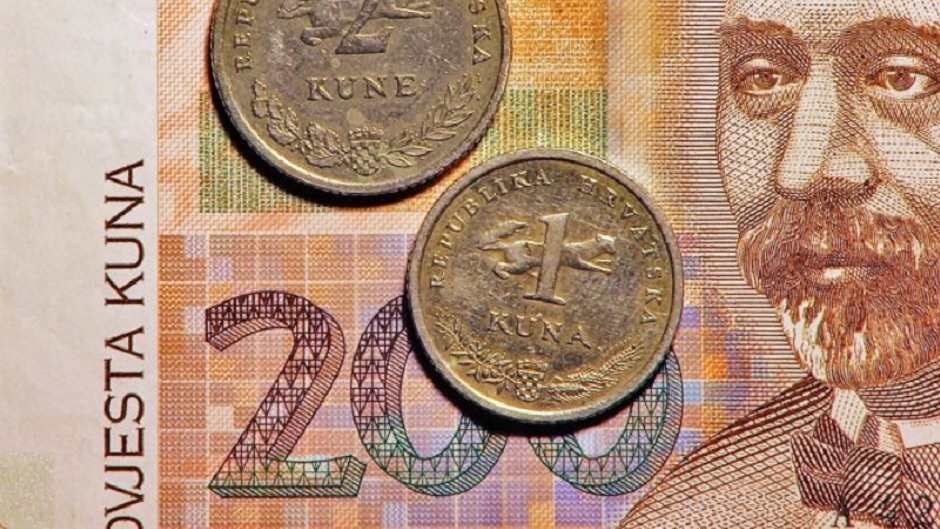
The volume of household lending in Croatia reached 124.4 billion kuna (€16.8 billion) in December 2018, up by 4.6 percent or 5.5 billion kuna (€743.2 million) year-on-year, with data released by the central bank indicating a significant spike in general-purpose loans, by 11 percent, to 47.7 billion kuna (€6.4 billion).
The latest data confirms the ongoing years-long trend of consumers shifting towards loans denominated in the domestic currency, the kuna, with kuna loans reaching historic high levels in terms of share of all loans issued, opposed to the more traditional euro-denominated loans, which are in decline. The trend is mainly attributed to low interest rates for local currency loans on the financial markets.
In December 2018, the growth in value of kuna loans continued to post double-digit year-on-year figures, increasing by 12.6 percent to 64.7 billion kuna (€8.7 billion) in December 2018. This rate of growth has been going on for three years now.
On the other hand, foreign currency-denominated loans continued their decline. In December 2018 the nominal value of all foreign currency loans was 59.8 billion kuna (€8 billion), or 2.9 percent down compared to 12 months ago.
Analysts say that the year-on-year decline in foreign currency-denominated loans was also caused by kuna's 1.3 percent gain against the euro over the last 12 months.
This latest increase in kuna-denominated loans means that their share in the total volume of household lending was 52 percent, up by about 4 percentage year-on-year.
In terms of purpose, housing loans continue to account for the largest single portion of all loans, at 43.4 percent, totalling 54 billion kuna (€7.3 billion) in December 2018, inching up by 2.3 percent compared to December 2017.
General purpose cash loans, accounting for 38.3 percent of all household lending, increased for the seventh month running, up by 11 percent year-on-year, to 47.7 billion kuna (€6.4 billion).
The continuing increase in general purpose loans is thought to indicate increased personal spending, but is also attributed to consumers attempting to avoid red tape associated with other purpose-specified loans, which, in spite of offering lower interest rates also require mortgages or other types of collateral.
According to recent data compiled by the central bank, the volume of such cash loans has been growing at double the rate compared to other types of loans, with on average 3.5 percentage points higher interest rates.
Central bank governor, Boris Vujcic, said late last year that the very high growth of cash loans with relatively long maturities and no collateral is cause for concern, adding that the central bank is monitoring the financial market and is prepared to intervene if the share of such potentially bad loans grows enough to possibly jeopardise the stability of the local banking system.
(€1 = 7.40 kuna)
Follow N1 via mobile apps for Android | iPhone/iPad | Windows| and social media on Twitter | Facebook.
Kakvo je tvoje mišljenje o ovome?
Pridruži se raspravi ili pročitaj komentare



 Srbija
Srbija
 Bosna i Hercegovina
Bosna i Hercegovina
 Slovenija
Slovenija







